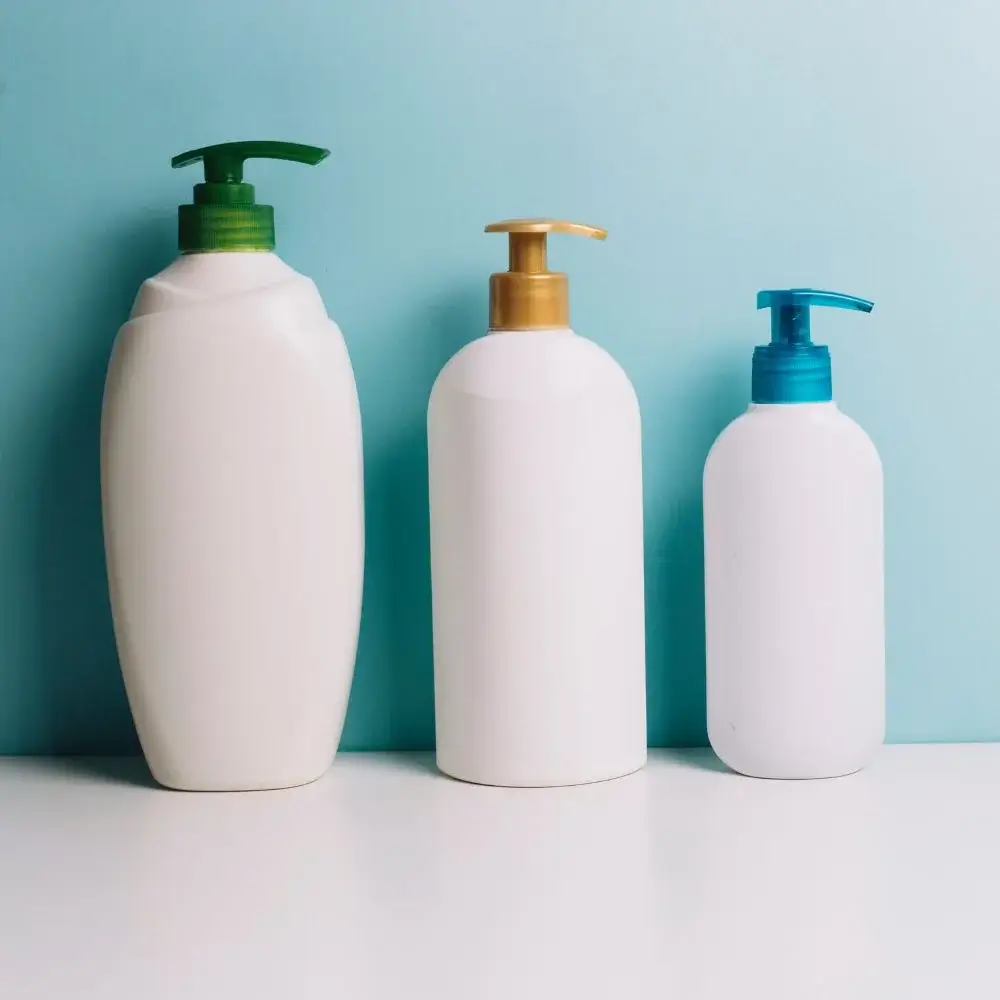After a transplant, a patient’s body requires specialized care and attention to ensure a successful recovery. Often, one of the overlooked aspects of post-transplant care is effective hair care. However it’s equally important to use safe and gentle products, but it can be challenging to identify the right ingredients. That’s why carefully reviewing the ingredients mentioned on the product label is essential. This guide will look at some of the critical ingredients for searching for a post-transplant shampoo.
Gentle Formula
Regardless of the type of surgery performed, patients must avoid strenuous activities, including scrubbing and hard massages on the scalp. Therefore, finding a shampoo with a gentle formula is crucial. Look for shampoos labeled as hypoallergenic and free of harsh chemicals like sulfates, parabens, and alcohol.
Essential Oils
Post-transplant hair care requires essential oils, like sweet almond oil, jojoba oil, and avocado oil. These oils help to retain moisture and promote hair growth. Moreover, they help to repair damaged hair from the surgical process. Essential vitamins like vitamin E and B5 in the shampoo also support overall scalp health.
Anti-inflammatory
During post-transplant hair growth, the scalp may face a lot of itchiness or irritation. The last thing you want is to use a shampoo that exacerbates the situation. It is why shampoos with anti-inflammatory ingredients are a must-have. Ingredients like tea tree oil and chamomile have anti-inflammatory properties that soothe the scalp and prevent infection.
Protein-rich
Protein-rich shampoos help strengthen hair strands and improve hair texture. After a transplant, the body needs an extra dose of protein to support healing and regeneration. Therefore, shampoo with protein-rich ingredients like keratin, collagen, and silk protein is an excellent choice for post-transplant hair care.
pH Balanced
The scalp’s pH naturally ranges between 4.5 to 5.5. Using balanced pH shampoos protects the scalp's natural moisture levels and promotes healthy hair growth. Look for shampoos with a pH value close to the scalp's natural pH to prevent further irritation.
After undergoing a transplant procedure, finding hair products that are gentle and safe is essential. When searching for post-transplant shampoos, look for the above-listed ingredients that help promote hair growth, nourish, and strengthen hair strands. Consult a dermatologist to ensure the safe use of hair products; they can recommend suitable hair products based on your needs. Remember, the scalp is sensitive after a transplant and requires gentle care for optimal recovery.
Are you one of the many people who have recently undergone a hair transplant procedure? If so, you already know how important it is to take good care of the newly transplanted hair to ensure maximum growth and long-term results. Well, we’ve got some great news – we have researched and found the best shampoo after hair transplant for you! Don’t waste more time worrying about which products to use – we’ve covered you! Click on the link provided and discover the magic of our top-rated shampoo that will leave your scalp feeling fresh and your hair looking fabulous. Say goodbye to bad hair days, and hello to your new favorite shampoo!
What is the impact of sulfates and parabens in shampoos on transplanted hair?
Sulfates and parabens in shampoos can negatively impact transplanted hair and healing. Sulfates are aggressive cleansers that can strip the scalp of natural oils, leading to dryness and irritation, potentially disturbing grafts. Parabens are preservatives that some individuals might be sensitive to, causing scalp discomfort. Both substances can disrupt the delicate balance of graft survival, hindering successful hair growth post-transplant. To promote optimal healing and hair development, it's advisable to choose sulfate-free and paraben-free shampoos. These formulas maintain the scalp's health and ensure a gentle cleansing routine that supports the recovery of transplanted hair.

What role does hydration play in maintaining the health of transplanted hair and scalp?
Hydration is paramount in maintaining the health of transplanted hair and scalp. Proper moisture levels encourage optimal healing by preventing dryness, flakiness, and discomfort. Well-hydrated skin promotes a conducive environment for graft survival, reducing the risk of graft failure. Hydration also supports the scalp's natural barrier function, shielding against external irritants and infection. Besides, moisturized hair appears more vibrant and manageable. Hydrating shampoos and avoiding over-cleansing ensures the scalp retains essential moisture, fostering the ideal conditions for successful graft integration and healthy hair growth after a transplant procedure.

What are some indicators that suggest I might need to change my post-transplant shampoo?
Several indicators suggest the need to change your post-transplant shampoo. If you experience persistent scalp redness, itching, or irritation, your current shampoo might not suit your sensitive scalp post-surgery. Excessive dryness or oiliness could also signal an imbalance in the product. If you notice increased hair breakage or thinning, your shampoo might not provide adequate nourishment. Any signs of discomfort, such as a burning sensation or rash, should prompt a change. Conversely, if your shampoo feels heavy or leaves a residue, it could affect graft health. Regular evaluation and consulting with your surgeon can guide you in choosing the most suitable shampoo for your evolving post-transplant needs.

How do I adjust my shampooing routine as my transplanted hair grows longer?
As your transplanted hair grows longer, adjusting your shampooing routine is essential—transition to a thorough yet gentle cleansing regimen. Focus on massaging the scalp to maintain cleanliness and promote circulation. Extend the intervals between washes to prevent over-cleansing, which can strip natural oils needed for hair health. Use a hydrating, sulfate-free shampoo to nourish the scalp and growing hair. Conditioning the lengths can prevent tangles and enhance manageability. Consult your surgeon for personalized guidance, considering factors like hair type and lifestyle. Adapting your shampooing routine fosters healthy growth and ensures the long-term success of your transplanted hair.

How can I effectively deal with dandruff or dryness when using a post-transplant shampoo?
Effectively managing dandruff or dryness while using a post-transplant shampoo requires a balanced approach. Opt for a hydrating shampoo with active ingredients like salicylic acid, ketoconazole, or zinc pyrithione that target dandruff and dryness. Avoid hot water and excessive shampooing, as they can worsen dryness. Gently massage the scalp to improve circulation and distribute natural oils. Incorporating a moisturizing conditioner can help combat dryness while detangling. If dandruff persists, consult a dermatologist for targeted solutions.
Should I avoid using a hairdryer or limit its use to a certain extent after a hair transplant?
After a hair transplant, limiting or avoiding using a hairdryer for a certain period is advisable. The hairdryer heat can dehydrate the scalp, potentially disrupting graft healing and leading to discomfort. If you use a dryer, opt for the lowest heat setting and maintain a safe distance from the scalp. Patting hair dry with a towel or allowing it to air dry initially is preferable. Following your surgeon's guidelines is vital, as specific recommendations might vary based on your procedure and recovery progress.







